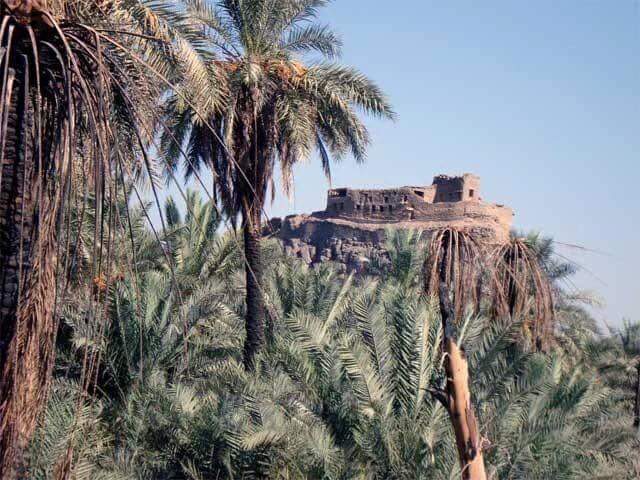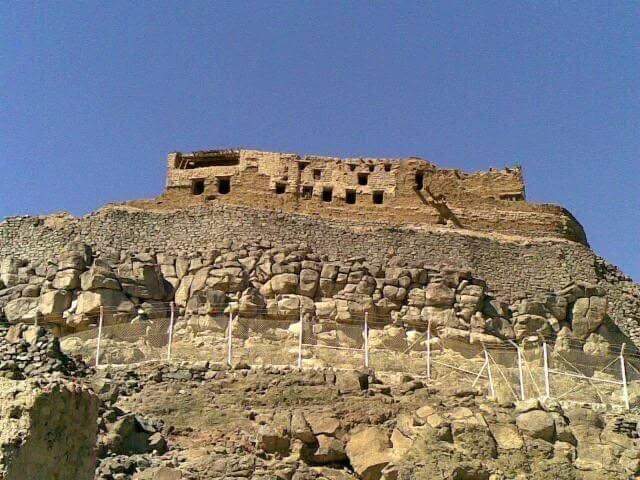The city of Khaibara
The Battle of Khaybar took place in May/June 628. The Jewish Banū *Naḍīr owned lands in Khaybar and had castles, fortresses, and their own weapons there. After Prophet Muhammad expelled them from Medina in 625, their leaders moved to their estates in Khaybar in order to prepare for war against Prophet Muhammad and to recruit the aid of Arab tribes. Muhammad first sent disguised guests to the homes of the leaders of Banū Naḍīr who then killed their hosts. Prophet Muhammad's victory over the Jews of Khaybar in the subsequent battle was also aided by the distance of the settlements and their castles from one another, the absence of coordination between the fighting forces, the death of the leader Sallām ibn Mishkam, and a Jew who showed the Muslims the secret entrances to one of the fortresses. The castles of Khaybar had tunnels and passages which in wartime enabled the besieged to reach water sources outside the castles. Between 16-18 Muslims were killed and 93 Jews. After the Muslim victory, Prophet Muhammad, concerned that Khaybar would remain desolate and would not continue supplying its agricultural produce to the Hejaz, signed an agreement with the Jews which allowed many of its inhabitants to remain on their lands, while requiring payment of half their crops to the conquerors. From a legal point of view the pact was defective, since it did not define the situation of the Jews and did not say whether they were to remain the owners of the soil which they were to cultivate. In later years Muslim jurists defined this settlement as land tenure with rent paid in produce. One version of this agreement was copied by Joseph *Sambari in the 17th century. According to Muslim sources, prophet Muhammad returned to the Jews copies of the Torah seized during the siege, since he opposed desecrating them. After captives of war and slaves from other countries were brought to Khaybar and the people of Hejaz became more accustomed to agriculture, the caliph Omar decided to expel the Jews of Khaybar in 642 under the pretense that before his death Prophet Muhammad had commanded that two religions could not exist simultaneously in the Hejaz.
For more visit The Battle of Khaybar in Wikipedia






Comments
Post a Comment